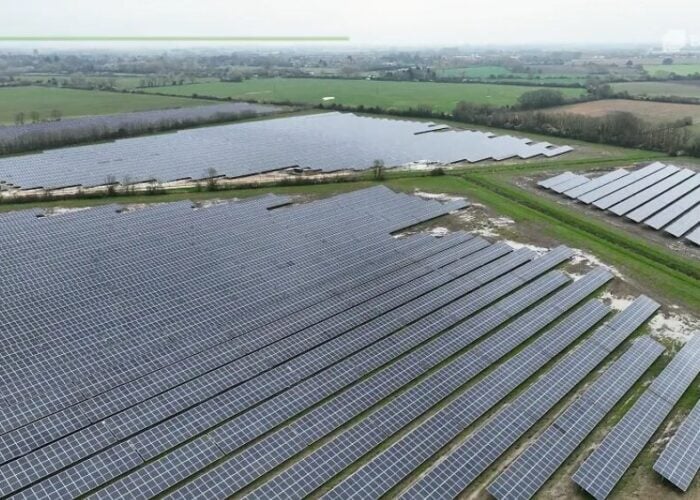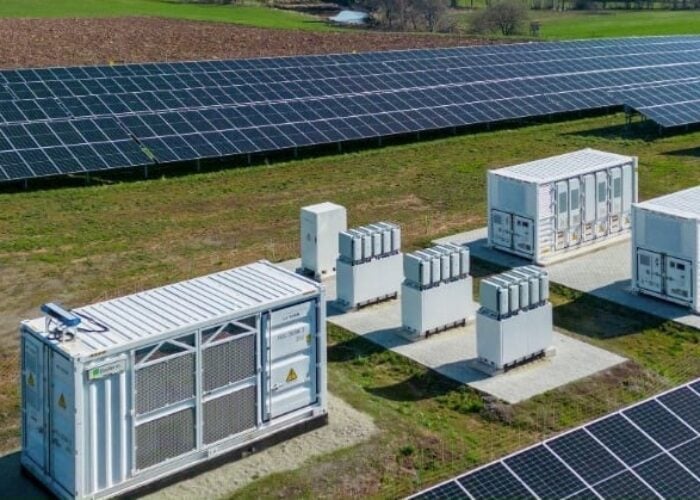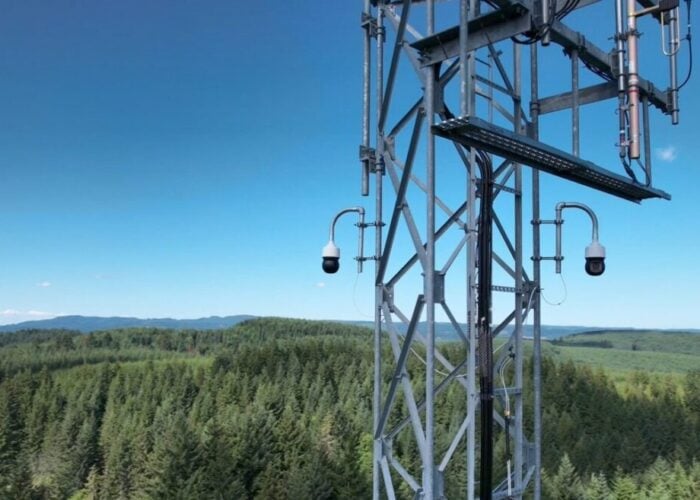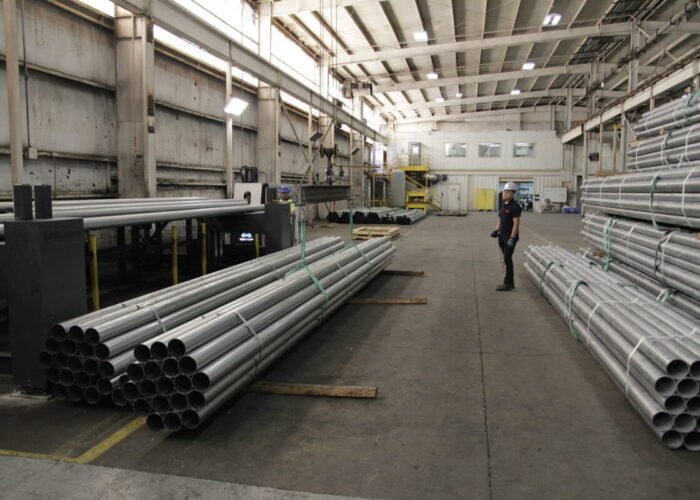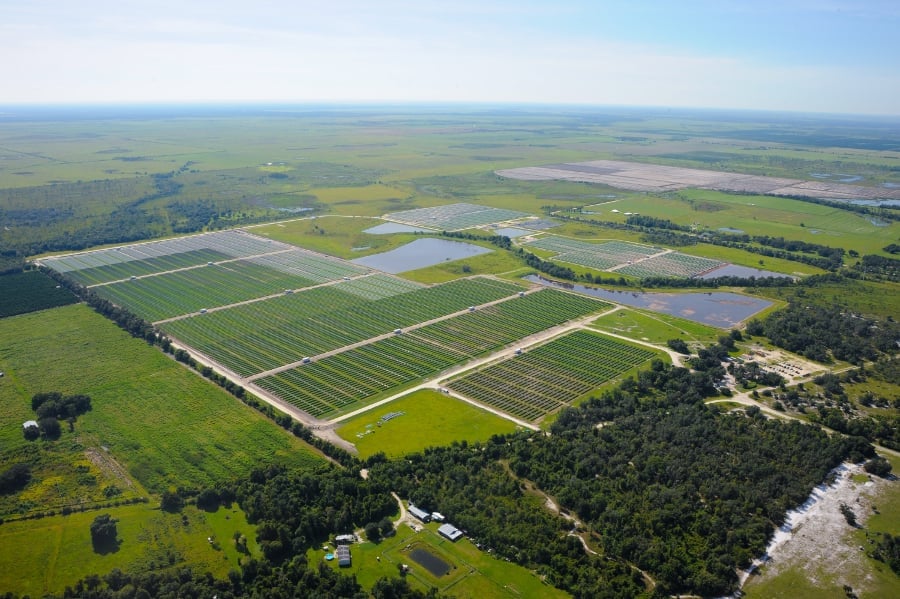
US capital infrastructure investor NextEra Energy Resources added 3GW of new renewable energy generation and storage capacity to its portfolio in the third quarter of 2025, driving its total backlog close to 30GW.
The majority of these additions were in storage, with 1.9GW of battery energy storage systems (BESS) added to its backlog, alongside 0.8GW of solar capacity and 0.3GW of generation capacity delivered through repowering. Its ‘backlog’ means projects that it has started developing or building but not completed yet.
Try Premium for just $1
- Full premium access for the first month at only $1
- Converts to an annual rate after 30 days unless cancelled
- Cancel anytime during the trial period
Premium Benefits
- Expert industry analysis and interviews
- Digital access to PV Tech Power journal
- Exclusive event discounts
Or get the full Premium subscription right away
Or continue reading this article for free
The company currently has 6.6GW of solar capacity in operation and in its backlog, more than double its 2.9GW of wind capacity and 3GW of storage capacity, and expects to increase this total to 8.3GW by the end of the year.
NextEra said that it expects these latest backlog additions to go into services “over the next few years and into 2029”, as solar and storage look to be a key part of the company’s investments in the years to come. The company expects its total solar capacity, in operation and in its backlog, to reach as high as 14.1GW by the end of 2027, with a further 7.2GW of storage.
Most of this new solar capacity will be added in the Midwest region and the state of Texas, while NextEra expects to add the majority of its new storage capacity in the West, as shown in the graph above.
Net income reaches US$2.4 billion in Q3
This sustained focus on new investments has delivered strong financial results for the company to date. NextEra noted that its net income attributable to the company reached US$2.4 billion in the third quarter of 2024, compared to US$1.9 billion in the third quarter of 2024. On a per share basis, these earnings translate to US$1.18 per share in Q3 2025 and US$0.9 per share in Q3 2024.
The same trend is evident for the company’s Florida-based utility, Florida Power and Light (FPL). The utillity’s capital expenditures reached around US$2.5 billion in the third quarter of this year, and NextEra expects its year-end investments to be as high as US$9.8 billion.
The graph below shows how the utility’s net income has increased year-on-year in each of the first three quarters of 2024, with the Q3 2025 income of just under US$1.5 billion a record for the company in the last two years.
However, NextEra has announced plans to expand its energy investments beyond both renewables and Florida. The company has signed a 25-year power purchase agreement (PPA) with Google to power an Iowa data centre using electricity generated from the state’s 615MW Duane Arnold nuclear facility, which was decommissioned in 2020, and that NextEra plans to resurrect.
“Importantly, the cornerstone of this new collaboration will enable us to continue with the recommissioning of our 615MW Duane Arnold Energy Center, putting us on a path to bring Iowa’s only nuclear plant back online,” said NextEra president and CEO John Ketchum. “We have also entered into an agreement with Google to explore new advanced nuclear capacity to be deployed in the US.”
Figures from the International Energy Agency (IEA) expect AI and data centre electricity demand to “more than double” by the end of the decade, and renewable energy has often been touted as a key facilitator of meeting this demand.
Earlier this year, speakers at Solar Media’s Renewable Procurement & Revenue summit said that such deals were an effective means of meeting growing electricity demand from data centres, but NextEra’s investment in nuclear, rather than renewable power, as a way to facilitate this deal is a departure from this conclusion.
Indeed, during a conference call to announce the results, Ketchum said that NextEra in general, and FPL in particular, would follow an “all of the above” approach to meet electricity demand in Florida.
“FPL plans to invest approximately US$40 billion over the next four years in new ‘all of the above’ energy infrastructure, including 5.3GW in solar, 3.4GW in battery storage and a gas peaker plant that is pending regulatory approvals,” he said. “We look forward to continuing the successful, multi-decade approach of adding low-cost generation to meet Florida’s growing need for power, while also increasing reliability and keeping customer bills low.”

